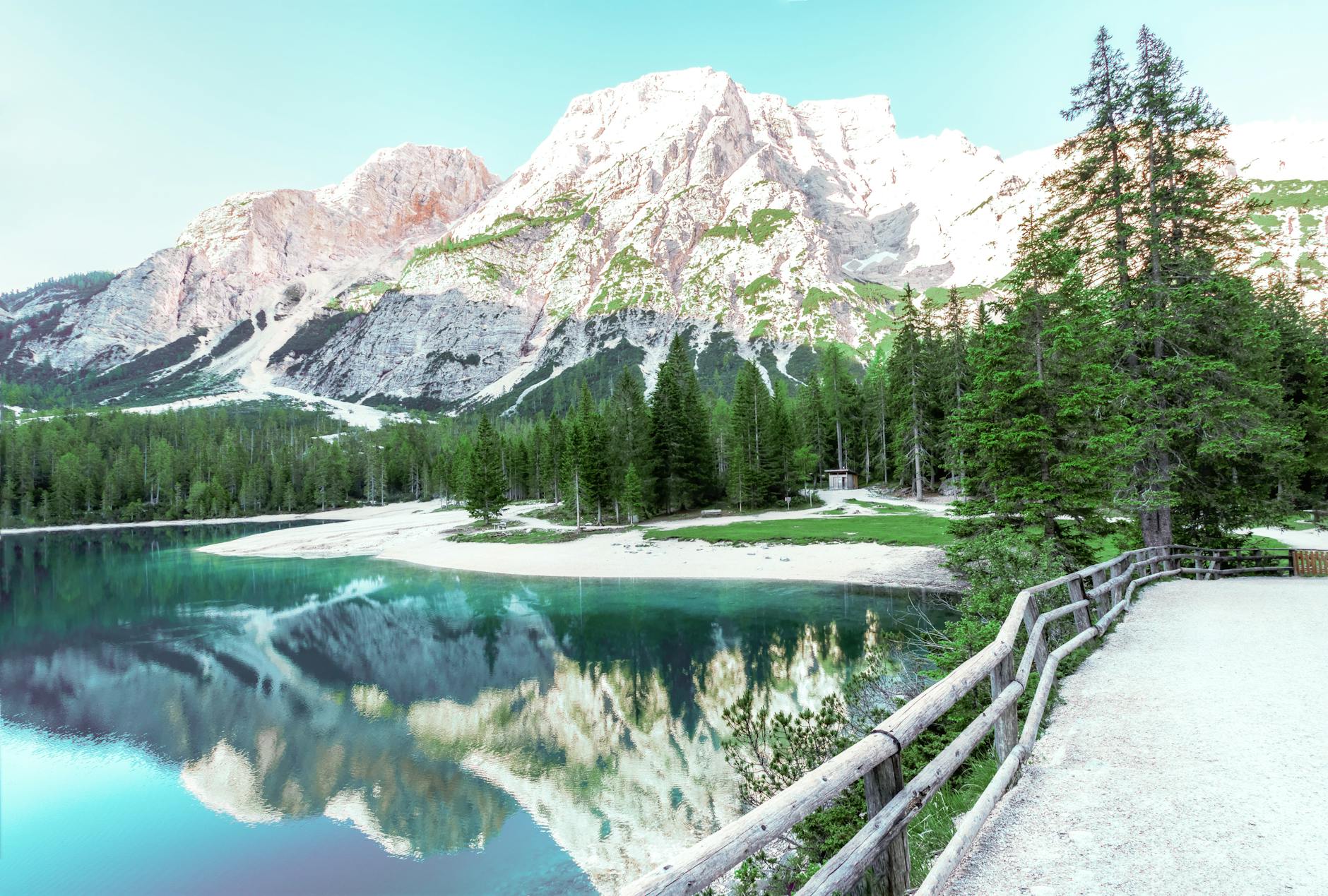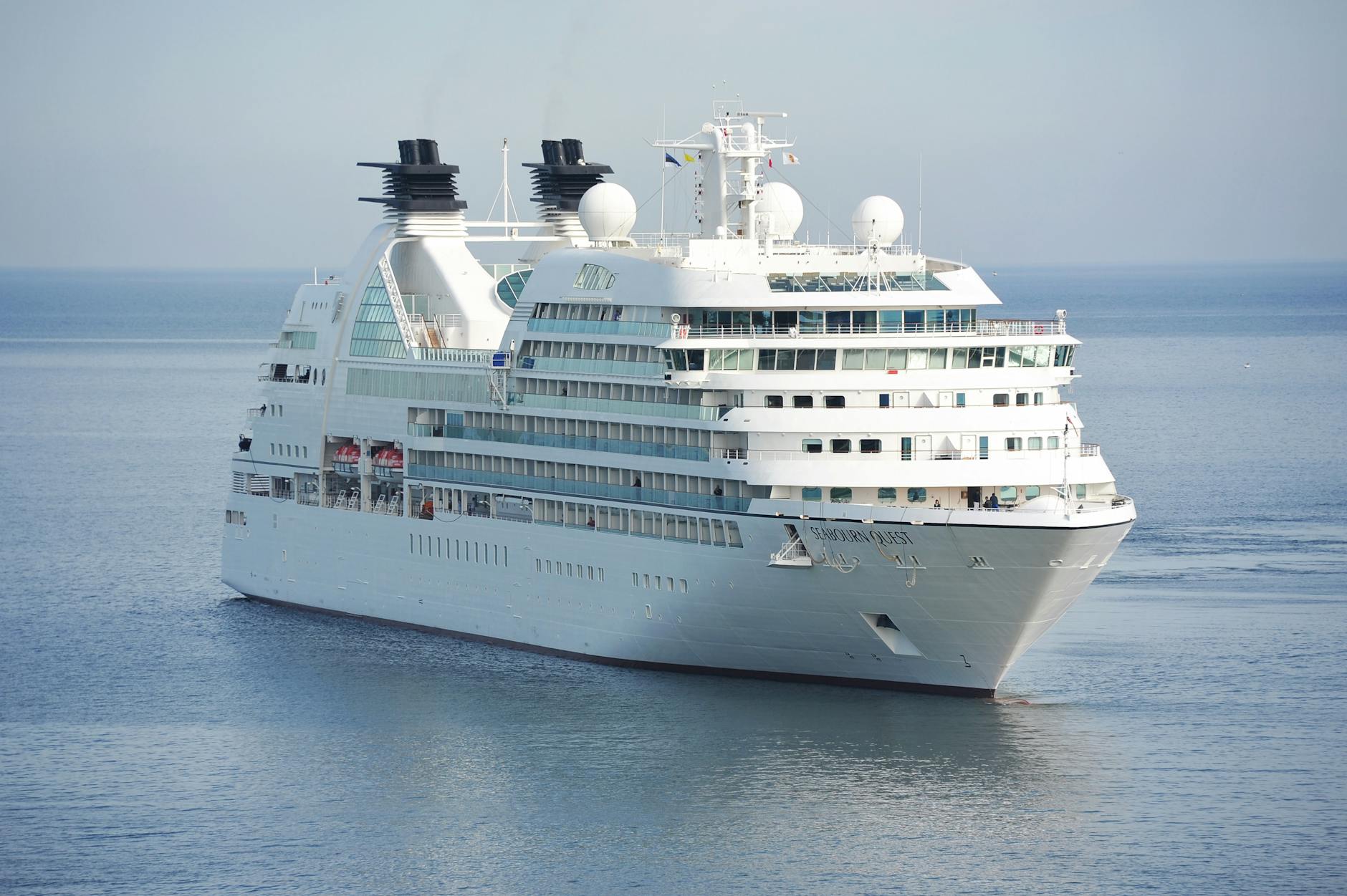How to Explore Australia While Preparing for an Antarctic Voyage

Planning Your Australian Adventure
Australia's vast landscapes offer a myriad of travel opportunities, each as unique as the ecosystems found in Moreton Bay. Whether you're charting courses between coral wonderlands or vast outback stretches, selection of destinations is vital. As a marine ecologist with a penchant for fieldwork, I find that blending educational endeavors with explorative escapes enhances both professional insight and personal growth. If South and Central American wonders like the Galapagos Islands tours, Cuba tours, and the diverse Central America tours pique your interest, consider the parallels between these ecosystems and Australia’s.
When crafting an itinerary, practicality meets curiosity. I recommend beginning with regions whose environments support your research interests, such as the eastern coast known for both its marine diversity and its relevance to climate studies.
For an efficient travel experience, include Queensland's rugged landscapes alongside vibrant coastal cities. Remember to arrange logistics around these key destinations, opting for flights and local transfers that align with your research schedule.
Packing for such an expedition requires a two-fold strategy: suffice immediate needs with essentials while anticipating ecological nuances. From rugged wear suited for local terrain to tools that aid both exploration and safekeeping - such as sustainable water bottles - preparation can make or break field excursions.
Navigating this journey through Australia's ecosystem will postulate diverse questions and interpretations, keeping scientific endeavors engaged amidst adventures aplenty.
Must-Visit Natural Attractions
Exploring Australia's natural attractions offers a unique opportunity to study and appreciate complex ecosystems. For those interested in ecological research, visiting Moreton Bay provides insights into diverse marine life comparable to what one might encounter on Arctic cruises. This region is exceptional for observing the interactions between local flora and fauna, much like what we would explore on ventures to the far north.
Exploring the Great Barrier Reef
One cannot overlook the Great Barrier Reef when discussing ecological marvels. The reef is a biological hotspot where you can observe coral spawning and fish migration patterns. Understanding how these patterns compare to the adaptive behaviours of species in Antarctic tours can offer valuable insights into how marine organisms respond to environmental changes. The reef's ecosystem serves as a benchmark for ecological studies, especially in predicting the broader implications of climate change.
Visiting National Parks
Australia's national parks, with their rugged landscapes and endemic species, provide the perfect backdrop for fieldwork. Parks like Kakadu and Daintree showcase biodiversity that parallels that of the Amazon, which is often explored in South American tours. Each environment presents unique challenges and learning opportunities, from understanding indigenous conservation techniques to analysing habitat restoration efforts.
Wildlife Watching Opportunities
Wildlife watching is not merely about observing animals but understanding their ecological roles. Moreton Bay is vital for those interested in studying species such as dugongs and sea turtles, offering parallels to seabird colonies observed on Antarctic tours. Documenting these interactions fosters a deeper appreciation for ecosystem balance and biodiversity conservation. Combining firsthand wildlife experiences with ongoing research empowers us to advocate for sustainable ecological practices.
Engaging with Local Culture
Indigenous Cultural Experiences
Immersing in Australia's rich indigenous heritage offers profound insights into ancient cultures and spiritual connections to the land. As a researcher, I've come to appreciate how this relationship is echoed in the marine ecosystems I study. For instance, the Turrbal people's historical ties to the Brisbane River have shaped not just cultural narratives but also ecological practices that resonate within the famed Lone Pine Koala Sanctuary. Through practical fieldwork anecdotes, one learns how indigenous communities maintain sustainable practices aligned with environmental and marine conservation.
Coastal City Highlights
While Australia's coastal cities are often bustling, they offer distinct opportunities for marine-focused adventures. Brisbane, with its proximity to Moreton Bay, is a prime example. The area's unique marine biodiversity provides ample opportunities for research and exploration, much like the scientific expeditions I've had the privilege to join. These experiences are crucial for linking urban development with coastal ecosystem preservation. While there are myriad other fascinating locales, it's essential to note how these urban hubs also serve as launching points for broader explorations, like South America tours and Antarctica cruises.
Food and Dining Experiences
Australia's culinary landscape reflects its diverse cultural tapestry, which is closely tied to its ecological offerings. Sustainable fishing practices and locally sourced produce are central to many dining experiences, providing not just a taste but an understanding of ecological balance. This approach aligns well with the sustainable practices I've witnessed during fieldwork. By supporting local chefs and producers who prioritize environmental sustainability, we, too, contribute to a more balanced ecosystem—a small but significant way to align our lives with our values.
Preparing for Antarctica
Gathering Required Gear
When preparing for an Antarctic adventure, it's crucial to ensure you have the right gear to thrive in the extreme conditions. Trust me, even here in Brisbane when studying ecosystems near the Great Barrier Reef, I've learned the importance of optimal equipment. You'll need to layer up with high-quality thermal clothing, windproof jackets, and durable waterproof gear. A sturdy pair of insulated boots is indispensable for traversing icy terrains and maintaining traction on slick surfaces.
Understanding Weather Conditions
The weather in Antarctica is notoriously unpredictable, with strong winds and sub-zero temperatures being the norm. In my fieldwork near Moreton Bay, I've always emphasised examining climatic data to predict and adapt to sudden changes. Such vigilance is even more important when exploring the icy continent, where weather systems can change rapidly. Familiarise yourself with weather patterns and latest forecasts through reliable meteorological websites or specialised polar region resources. This preparedness could also benefit your plans for a Galapagos tours escapade or any South America travel depending on the time of year you choose.
Navigating Travel Requirements
Understanding the logistics involved in traveling to Antarctica can feel daunting, akin to securing research permits for trips to the Lone Pine Koala Sanctuary. Key considerations include arranging permits, familiarising yourself with entry requirements, and choosing the right expedition provider. Each step needs careful planning to ensure a smooth journey. Consult with travel experts specialising in polar expeditions, as they offer insights into the latest regulations and can facilitate a seamless travel experience.
Eco-Friendly Travel Practices
Minimise Your Environmental Footprint
Reducing your carbon footprint while traversing Australia’s stunning landscapes is critical in preserving the environments we cherish. On one memorable field excursion to the Great Barrier Reef, I observed the direct correlation between carbon emissions and coral bleaching. Simple actions such as opting for public transport, biking, or walking in urban areas can immensely reduce our impact. Additionally, bringing a reusable water bottle and avoiding single-use plastic bags during your visit to the Lone Pine Koala Sanctuary aligns with sustainable practices that protect our fragile ecosystems. Let's not forget that eco-friendly travel is a step towards ensuring longevity for species sensitive to environmental disturbances, such as those dwelling in Moreton Bay.
Champion Conservation Efforts
In my research expeditions across Moreton Bay, I have consistently witnessed the transformative power of local conservation initiatives. Engaging with local projects to protect endangered species or restore natural habitats is not only a fulfilling endeavor but also reinforces the community’s conservation goals. Join a guided tour with an accredited group who invests in preserving these sites, as it ensures your tourism dollars directly support crucial protecting biodiversity efforts both in marine and terrestrial environments.
Respectful Engagement with Wildlife
Navigating the delicate interactions with Australia’s unique wildlife is essential. During one fieldwork session in Moreton Bay, observing a turtle nesting colony underscored the importance of maintaining a respectful distance to avoid causing distress. This practice not only enriches your understanding of marine biology but also fosters a sustainable co-existence. Remember, when interacting responsibly, whether snorkeling over coral formations or observing kangaroos from afar, our primary goal is to leave these fragile ecosystems unaltered for future generations.


